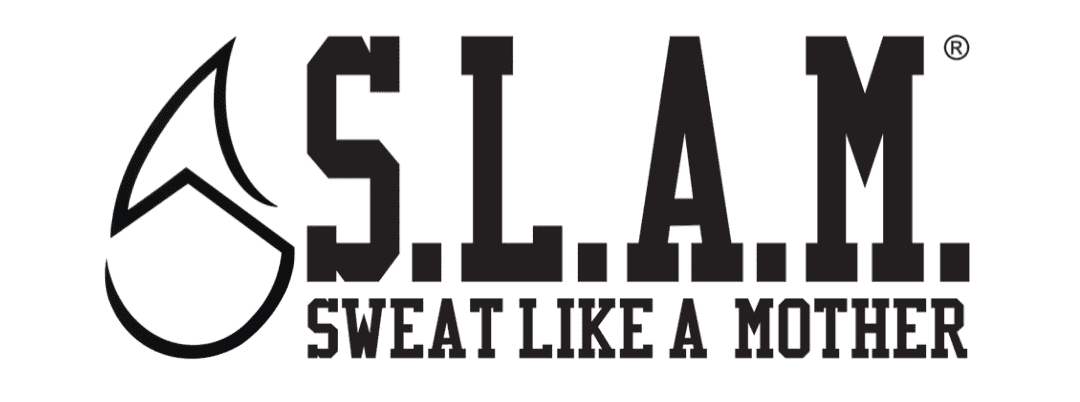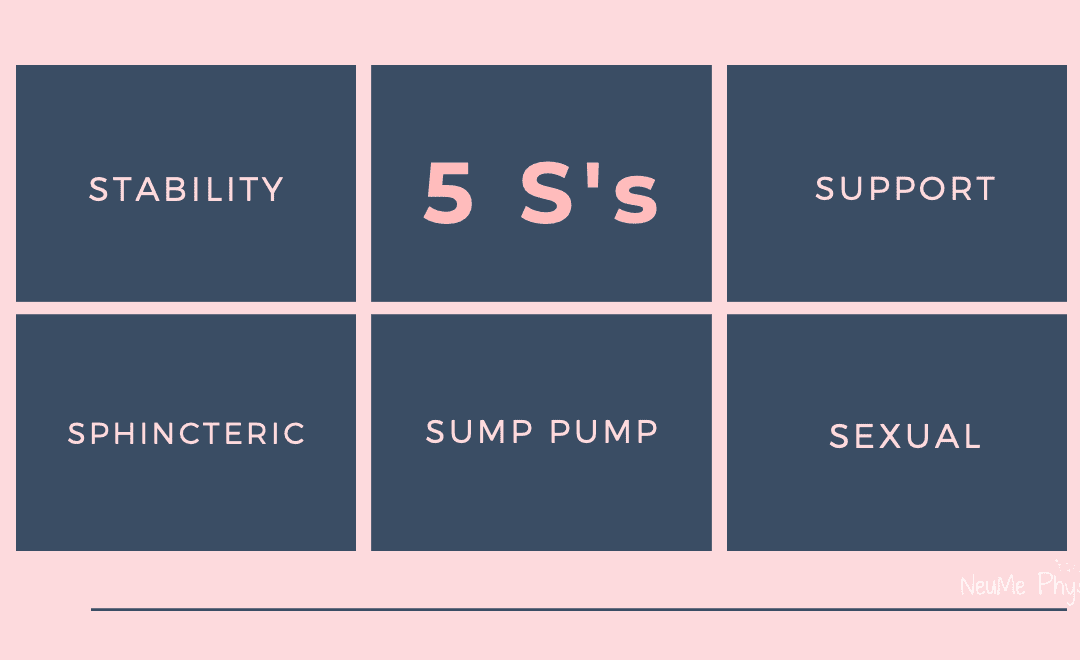Introducing Addie Holzmann as our guest blogger this month! Addie has personally experienced prolapse, pelvic girdle pain, and painful intercourse during pregnancy and postpartum. And although everyone’s journey is different, she is able to lift heavier and perform higher level movements than she could before becoming a mom. She graduated in 2011 with her Doctorate of Physical Therapy. After working in various settings to include sub/acute care, pediatrics, and orthopedics, she found her passion working with female athletes, especially through the seasons of motherhood.

Addie started teaching Core to Floor classes with SLAM and sharing core & pelvic floor education on social media in 2017. She started NeuMe Physio in 2018 to focus her efforts on empowering women to move without pelvic floor or core symptoms. Addie has since created online programs and co-hosts a podcast (Don’t Beat Around the Bush) in addition to seeing clients both in-person and online to spread the pelvic floor love! NeuMe Physio’s mission is to spread the message that core and pelvic floor issues are common, but there is help! Women do not need to trade in their athleticism for motherhood. You can be strong, if not stronger, postpartum!
The Five Functions of the Pelvic Floor
The pelvic floor has gained traction on the interwebs, lately. A quick search can find a LOT of information on what it is, what it does, how to strengthen it, and who can help you. The average person doesn’t give their pelvic floor much thought, until it’s not doing its job. The pelvic floor has five very important functions that, when performed well, makes life much easier.
SPHINCTERIC
Think of sphincters as your body’s personal team of bouncers, keeping the party inside until the time is right to release the festivities out into the world. If you haven’t researched your anatomy, here’s a quick 101 on the pelvic floor. The pelvic floor has three layers of muscles whose functions can be remembered by the 5 S’s: sphincteric, stability, support, sump pump, and sexual. Yes. “Sump pump” is an actual term used in the world of pelvic health. It’s pneumonic, not a real textbook reference. So, of the three layers of muscles, the first two layers are largely responsible for sphincter control. Sphincters are round muscles that close to keep things in the body and open to let things out.
In the female pelvic floor, the urethral sphincters control urination and the bulbospongiosus aids in lubrication. The anal sphincters control poop. Sphincters have to work overtime when pressure increases in the abdominal cavity, such as coughing, sneezing, and jumping. If they aren’t up to the task, pee and poop can escape into the world without permission.
On the flip side, if these muscles are taking their bouncer job too seriously, constipation and difficulty urinating are possible symptoms. Another common issue involved with the anal sphincters are hemorrhoids. Excessive tightness or difficulty relaxing the anal sphincters can contribute to angry hemorrhoids. If you have ever heard the cue “breathe into your butt”, this is one reason why! Relax your sphincters!
STABILITY
That nagging low back pain you feel when you bend over to pick up the 87th toy? You’re likely feeling unhappy sacroiliac joints on the back side of the pelvis. Ever heard of “lightening crotch”? This is a sharp, stabbing pain in the pubic joint at the front of the pelvis. If your toddler has ever rammed their head into your pelvis causing you to nearly hit the ground in pain, you could have pubic symphysis dysfunction. You have two sacroiliac joints in the back of the pelvis along with the pubic joint in the front, which are collectively known as your pelvic joints or the pelvic girdle. The deepest layer of the pelvic floor is a support to these joints. If there are muscle imbalances within the pelvic floor muscles or the larger muscles outside of the pelvis, these joints will let you know.
The pelvic floor also participates in controlling intra abdominal pressure, which is the foundation of strength. The diaphragm, transverse abdominals, and pelvic floor create the core canister that regulates pressure, increasing it when stability is needed or decreasing it when it’s not. Fun fact, the six pack muscle (rectus abdominis) is not a primary stability muscle. When the deeper abdominals are slacking to control pressure, diastasis recti can pop up (literally).
So, if you want happy pelvic joints and a strong core, give those deep abdominals some attention!
SUPPORT
Have ever felt heaviness in the pelvic floor like a tampon is falling out or have actually noticed tissue sitting lower or outside the vagina?
These symptoms correlate with the pelvic floor’s role in pelvic organ support. The bladder, uterus, and rectum are the pelvic organs supported by the deepest layer of the pelvic floor along with fascia and ligaments. There are no bones directly holding that tissue up in the fight against gravity. When support is decreased, pelvic organ prolapse can result. Do not fear, a pelvic therapist is near! There are various types and degrees of prolapse. And in many cases, symptoms can be significantly improved with pelvic floor rehab!
SUMP PUMP
The deep pelvic floor muscles have an important role in fluid circulation. Their action of lifting and lowering acts like a sump pump assisting blood and lymph circulation to and from the legs. When restriction of motion occurs, congestion can occur in the pelvis (aka pelvic congestion syndrome). Symptoms of this also feel like a heaviness or ache in the pelvis. Have you ever felt heavy or achy in the pelvic floor after sex? It could be linked to this sump pump action!
SEXUAL
Speaking of sex, this might be the most obvious and widely known pelvic floor function. The pelvic floor muscles allow penetration, aid in lubrication, and support orgasm. Muscle tightness can increase resistance to penetration resulting in pain, or extreme cases, preventing penetration. Scar tissue from tearing during birth can restrict tissue mobility or interfere with nerve function. This is a common cause of pain during sex in the postpartum period.
But painful sex can also occur in women before they have children. Skin disorders such as lichens sclerosis and muscle tightness are common causes. Regardless, this warrants investigation with your provider.
The pelvic floor muscles are the real MVM (most valuable muscles) when it comes to orgasm. The Bulbospongiosus expels lubrication and supports clitoral erection. The ischiocavernosus muscle restricts blood flow out of the clitoris to assist in arousal and clitoral erection.
Painful sex is NOT normal (or fun) and orgasm should be enjoyed by all.
Let’s Recap! (TL;DR Summary)
- Your undercarriage is a complicated region.
- Seasons of pregnancy, postpartum, and peri/menopause heavily influence the pelvic floor.
- When function is impacted, so are daily activities (peeing, pooping, sex-ing, jumping, lifting, dancing, and even walking).
- Support your pelvic floor as it supports you! Find a pelvic floor therapist to help keep your pelvic floor in tip-top shape!



Recent Comments